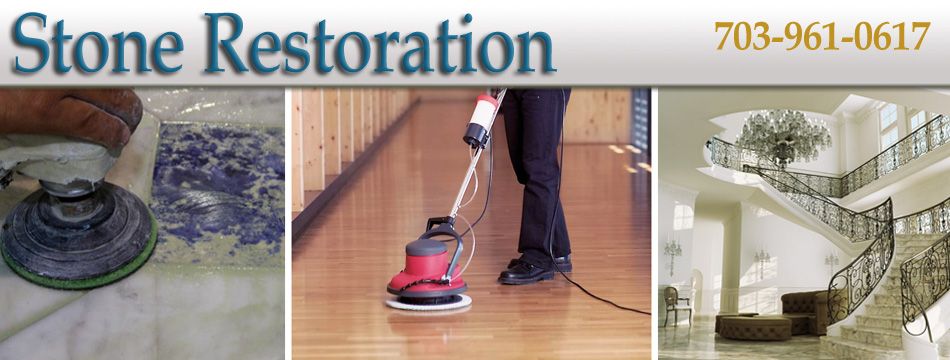Revitalizing Stones in Historic Houses: Difficulties and Victories

Renovating rock in heritage homes is a delicate mix of art and technique, requiring an understanding of both the material's original condition and the historical context in which it is situated. As Homepage and restoration specialists take on the task of restoring these edifices, they face a multitude of hurdles, from finding appropriate materials to confirming that the restoration techniques align with conservation guidelines. The beauty of rock, with its enduring appeal and durability, often makes it a focal point in historic architecture, but this also means that the risks are high when it comes to restoration.
In this manual, we will examine the essential steps to take when initiating on a rock renewal project, including standard pitfalls to avoid and important strategies to ensure a positive result. Whether you're considering your first restoration task or hoping to improve your existing skills, understanding the subtleties of interacting with stone can greatly boost your skill to protect the charm and integrity of old properties. Join us as we discover the triumphs and difficulties of rock restoration, backed by expert insights and essential advice for every homeowner.

Common Mistakes in Stone Restoration
A common mistake in stone restoration is the employment of improper cleaning solutions. A lot of individuals opt for harsh chemicals or scrubbing implements, thinking these will effectively remove dirt and grime. However, these methods can harm the stone surface, leading to etching or discoloration. It's essential to recognize the type of stone and use mild stone-safe cleaning solutions to maintain its quality and look.
Another common pitfall is the neglect of proper historical research. Each type of stone has its characteristics and vulnerabilities, and restoring without recognizing these can lead to new problems. Homeowners should seek advice from experts who can give recommendations into the stone used in the structure and advise on the best practices for restoration. A strong background in the material's historical background can prevent mistakes that jeopardize the restoration process.
In conclusion, overlooking maintenance post-restoration can significantly reduce the results of time spent on the project. After restoration, stones require consistent maintenance, including protective coating and frequent care to protect against discoloration and wear. A lot of homeowners fail to establish a maintenance routine or underestimate its importance, which can lead to early deterioration. A preventive strategy ensures the endurance of both the restoration work and the aesthetic appeal of the stone.
Benefits of Indoor Golf Facilities
Indoor golf facilities offer a unique opportunity for golfers to practice and play year-round, no matter the weather conditions. This convenience allows players to maintain their skills and enjoy the game even during severe winters or rainy days. With climate-controlled environments, golfers can focus on their swings and techniques without the distractions that weather changes can bring. This regular practice is essential for improvement and can lead to better performance on the course.
Another notable benefit of indoor golf facilities is the advanced technology they utilize. Many of these venues come equipped with state-of-the-art simulators that provide detailed analytics on a player's swing, ball speed, and trajectory. This data is invaluable for golfers looking to refine their techniques and understand their strengths and weaknesses. Additionally, the immersive experience of simulated courses can make practice sessions more engaging and enjoyable, inspiring golfers to spend more time honing their skills.
Finally, indoor golf facilities foster a community among players. These venues often host events, leagues, and tournaments, bringing together individuals who share a passion for golf. This social aspect not only enhances the overall experience but also provides opportunities for networking and friendship among golfers of all skill levels. The camaraderie built in these spaces can motivate players to improve and stay active in the sport. spintax
Essential Factors for Restoring Homes
When embarking on a stone restoration project, it's vital to assess the state of the existing stone surfaces. Look for signs of wear, cracks, or discoloration which may indicate deeper issues that need attention. Knowing the kind of stone used in your old home is essential, as different stones have unique properties and restoration methods. Consulting with experts familiar with the exact materials can save effort and money.
Another important factor is selecting the correct restoration techniques that align with the home's historical integrity. Techniques can range from cleaning and repairing to advanced interventions like replacing damaged stone. It’s essential to balance preservation with modern needs, ensuring that any intervention is in line with conservation best practices. Consideration should also be given to the surrounding environment and structural stability throughout the process.
Lastly, once the restoration is complete, ongoing maintenance is essential to extending the life of your restored stone surfaces. Regular cleaning and protection strategies must be established to protect against environmental factors that could lead to decay. By implementing a maintenance plan and being vigilant about care, homeowners can ensure lasting beauty and functionality of their vintage stone features.
